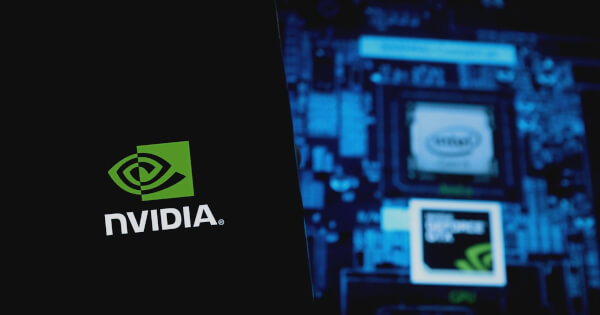Zach Anderson
Aug 30, 2024 07:45
clicOH leverages NVIDIA cuOpt to achieve 20x improvement in last-mile delivery efficiency, addressing the vehicle routing problem with advanced AI and machine learning.
Driven by shifts in consumer behavior and the pandemic, e-commerce continues its explosive growth and transformation. As a result, logistics and transportation firms find themselves at the forefront of a parcel delivery revolution. This new reality is especially evident in last-mile delivery, which is now the most expensive element of supply chain logistics, representing more than 41% of total supply chain costs across industries, from retail to manufacturing, according to NVIDIA Technical Blog.
Transforming Routing Services
These challenges are compounded by the vehicle routing problem (VRP), a generalization of the traveling salesman problem that asks, “What is the optimal set of routes that a fleet of vehicles should undertake to make deliveries to a specific set of customers?” With just 10 delivery destinations, over 3 million permutations and combinations of trips are possible. With 15 destinations, the number of possible routes can exceed 1 trillion, surpassing the capabilities of even the fastest supercomputers. This does not account for operational constraints like fleet availability, navigation capabilities, and access limitations.
clicOH, a member of the NVIDIA Inception program for startups, has developed a proprietary routing model to address these challenges. Leveraging NVIDIA’s cutting-edge technologies, including heuristic and metaheuristic optimization algorithms, machine learning, and AI, clicOH’s solution adapts to different requirements in package distribution density, cost efficiency, and delivery time optimization for last-mile delivery.
Optimizing Last-Mile Delivery Costs
To tackle routing challenges, clicOH adopted NVIDIA cuOpt to support its work related to the traveling salesman problem and to determine optimal delivery routes. The cuOpt library works with GPUs and other NVIDIA libraries like RAPIDS and CUDA to generate faster and more accurate delivery routes.
RAPIDS enables clicOH to implement unsupervised machine learning algorithms without modifying code, resulting in more efficient data analyses. These algorithms cluster high-demand zip codes for more efficient delivery and identify hard-to-reach areas. Combined with NVIDIA cuOpt, these algorithms can process thousands of routings in minutes or even seconds, optimizing delivery times while accounting for local routing constraints, ultimately reducing delivery costs.
Using NVIDIA GPUs on AWS development environments, clicOH analyzed thousands of pre-existing routes across multiple cities to map routing inefficiencies. This analysis streamlined the development of its logistics solution and enhanced the application’s adaptive capabilities.
clicOH has also developed a deep learning model to optimize delivery times, maximize fleet utilization, and identify zip codes with delivery challenges due to scheduling constraints. By optimizing its AI models with NVIDIA accelerated computing, clicOH achieved a 20x speedup in cluster route planning and a 15% reduction in overall operating costs.
For more insights into clicOH’s accelerated logistics solutions, visit the NVIDIA Technical Blog.
Image source: Shutterstock









